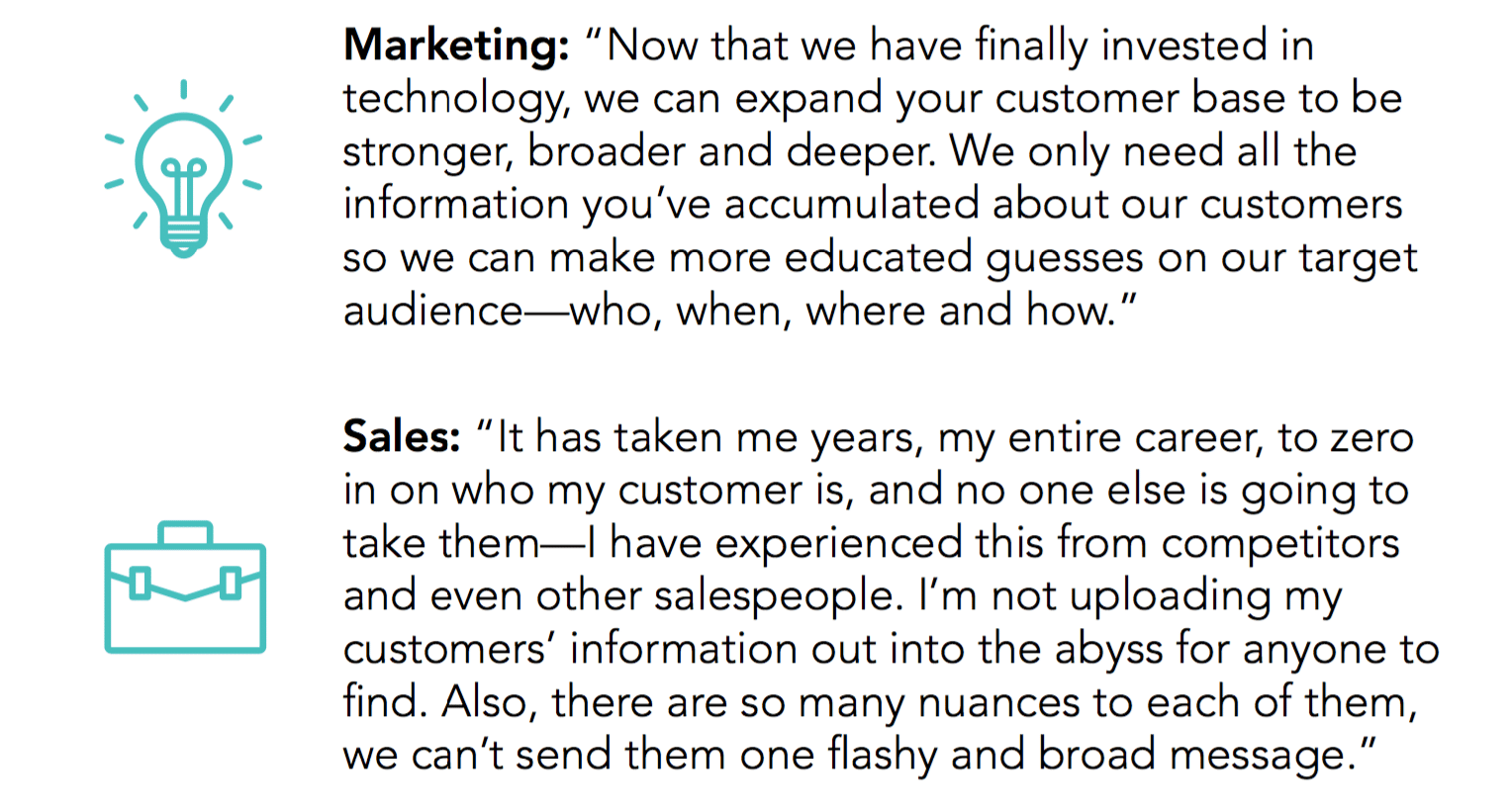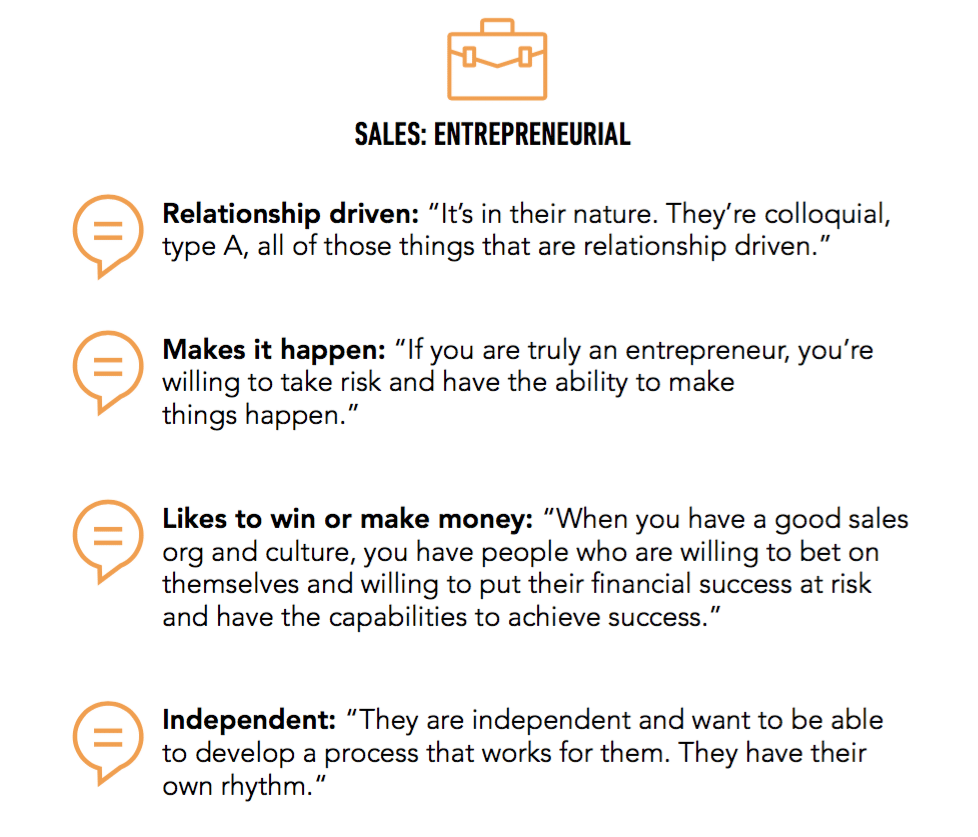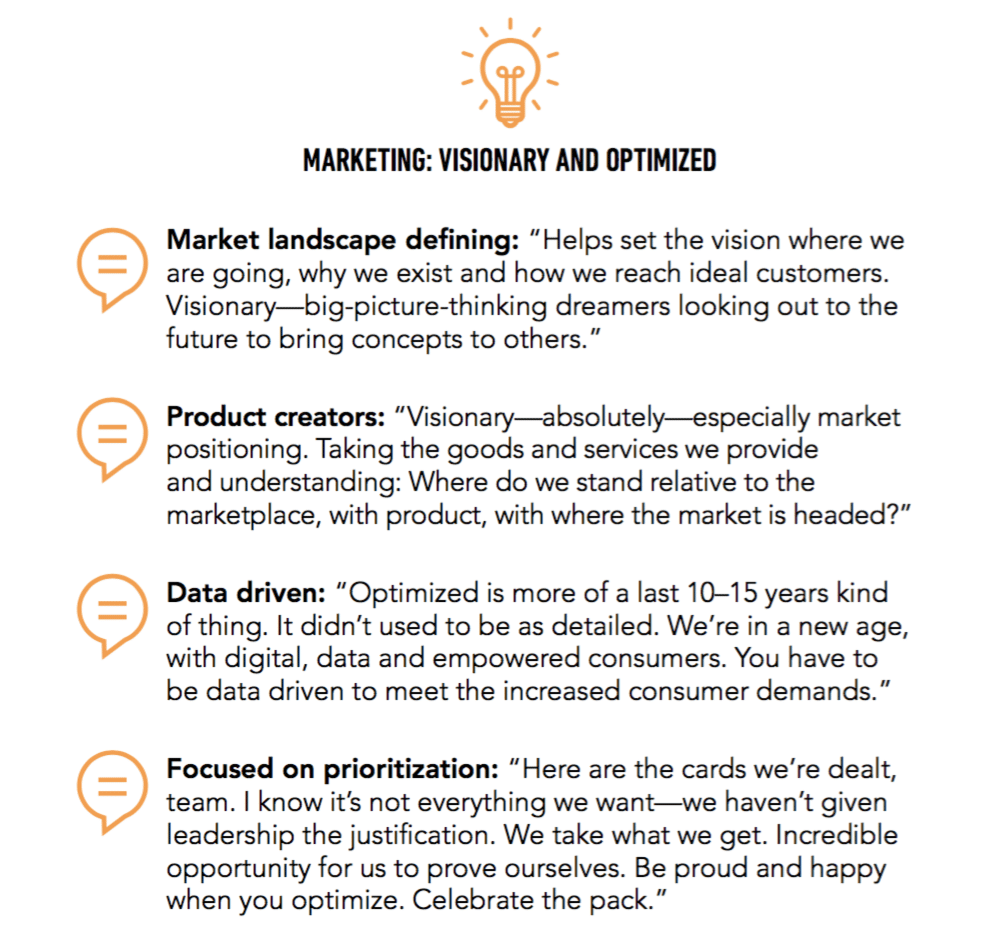New national research from women-led B2B marketing agency treetree reveals great inconsistencies in the degree of collaboration and engagement within B2B sales and marketing departments.
“We began hearing rumblings from our clients of a change in the relationship between sales and marketing after the pandemic hit,” said Becca Apfelstadt, co-founder and CEO of treetree. “This made us curious about how the relationship had evolved and what challenges these departments were facing as COVID-19 shifted the customer experience and the digital landscape. The results showed a clear path for how sales and marketing disciplines should join forces to effectively serve the modern customer.”
However, the study, in collaboration with data-driven research and business management firm PATH, did find a positive shift in the relationship between the two departments as the COVID-19 pandemic created an increased focus on the customer experience.
The survey found that most of the marketing and sales leaders in B2B organizations saw collaboration between the two departments as extremely important and key to an organization’s success, but there was a lack of shared focus on customer outcomes and how to align on collaboration.
Additionally, the survey revealed that the pandemic drastically shifted the relationship between the two departments given that the digital landscape accelerated roughly 10 years of e-commerce penetration to a few months and put the customer in full control of the experience. What was once a seller-centric model moved to a customer-focused ideology, making traditional sales tools less impactful.
The survey found three main levels of collaboration within B2B organizations:
1. Department support
At this level, the relationship is more transactional, in which marketing is focused on sales support activities. Only 43 percent of respondents at this level felt collaboration was happening, a definite split between the departments. One hundred percent of respondents said lack of trust is the main challenge. Seventy-five percent of respondents said that collaboration was done to generate revenue.
2. Digitally-transformed partners
These types of organizations have a higher level of collaboration between sales and marketing, focusing on sharing key account insights and thought leadership. While 100 percent of respondents said collaboration was happening between sales and marketing, 71 percent felt it was inconsistent.
3. Integrated for customer success
Companies at this level had a true cross-functional and integrated approach, showing technology-driven alignment and transparency. Of respondents at this level, 85 percent felt sales and marketing collaboration was comprehensive across the whole customer experience. Only 6 percent responded that revenue generation was the goal of collaboration.
“The shift in not only goals for collaboration, but the level of engagement from the lowest level to the highest level of collaboration, showed a true model for what B2B organizations need to do,” said Sarah Ahern, partner at PATH. “Never before has the customer had so much control. B2B organizations must align to ensure a customized and seamless customer experience. This can lead to not only a higher quantity and quality of leads, but also to a greater strength of brand for an organization.”
Integrating collaboration into sales and marketing
- The study found three key steps to build effective collaboration between sales and marketing departments in large companies:
- Build trust by proving value in every interaction
- Drive consistency with systems that create and deliver value across organizations
Focus on the customer to integrate and provide a valuable and seamless experience
With these findings in mind, Apfelstadt offers these suggestions for fostering collaboration among sales and marketing functions:
- Leave egos at the door. It’s not about one being better than the other, it’s about working better together to drive revenue growth and success because the strengths of each department are needed for the organization to succeed.
- It starts from the top. The head of sales and the head of marketing need to align and agree on how to integrate their functions—and then follow through. Complexity often is the enemy of success, so set one goal and be clear about how to get there.
- Design and roll out a roadmap for collaboration. Arm your teams with specific directions on when, where and why to integrate and what the desired outcome is.
- Remember, customer-centric solutions will always win.
Download the full report here.
The survey of B2B marketing and sales leaders consisted of five phases over 18 months. It featured one-on-one interviews, a secondary market analysis, focus groups, telephonic study analysis, and a comprehensive national digital survey. The participants came from companies that reach more than $500 million in annual revenue, employ up to 400,000 individuals, and span multiple industries, including manufacturing, technology and health care.












